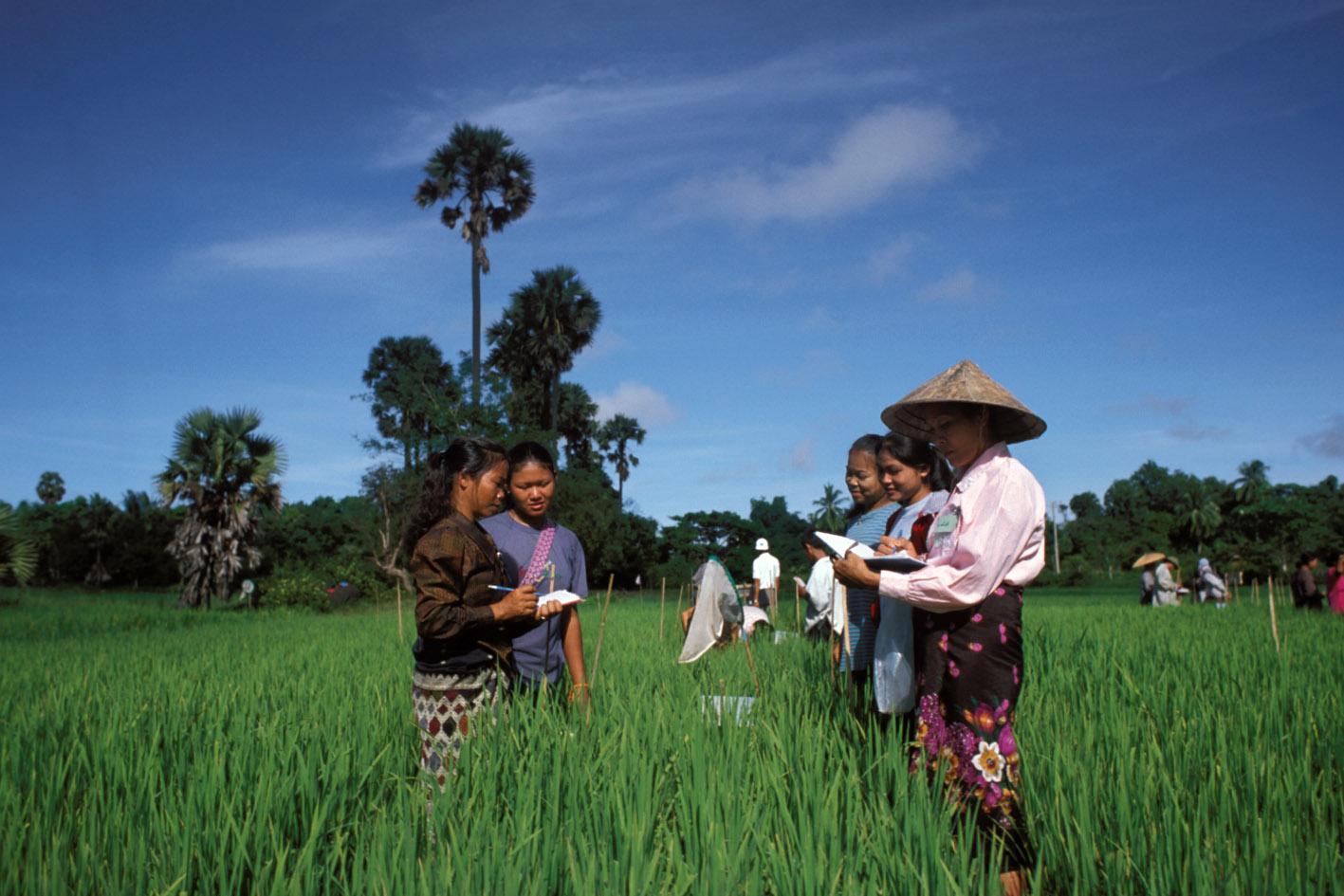Biometric and Financial Innovations in Rural Malawi, 2009-2010
Malawi, 2009 - 2010
Get MicrodataIdentification
MWI_2009_BFIRM_v01_EN_M_v01_A_OCS
Biometric and Financial Innovations in Rural Malawi, 2009-2010
| Name | Country code |
|---|---|
| Malawi | MWI |
Other Household Survey [hh/oth]
Agriculture in Sub-Saharan Africa employs two-thirds of the labor force and generates about one-third of GDP growth. According to the 2008 World Development Report, GDP growth originating in agriculture is about four times more effective in reducing poverty than GDP growth originating outside agriculture. For this reason, policies that foster agricultural productivity can have a substantial impact on food security and poverty reduction.
In recent decades, there has been substantial interest among policy-makers, donors, and international development institutions in microfinance (financial services for the poor) as an anti-poverty intervention. Provision of microcredit has perhaps attracted the most attention. In 2009, the Microcredit Summit estimated that there were more than 3,500 microfinance institutions around the world with 150 million clients (Daley-Harris 2009). While these outreach numbers are impressive, microcredit today is largely devoted to non-agricultural activities (Morduch 1999; Armendariz de Aghion and Morduch 2005) due to the substantial challenges inherent in agricultural lending. Given the limited supply of credit for agriculture, many donors and academics (for example, Deaton 1990; Robinson 2001 and more recently the Bill and Melinda Gates Foundation) have emphasized the potential for increasing access to formal savings.
The motivating question of this study is whether facilitating formal savings can promote agricultural development. To this end, the authors collaborated with a bank and private sector firms to implement a randomized controlled trial of a program facilitating formal savings for Malawian cash crop (tobacco) farmers. To authors knowledge, this is the first randomized study of the agricultural impacts of an intervention facilitating savings in a formal banking institution.
The survey data accompanies the paper, "Facilitating Savings for Agriculture: Field Experimental Evidence from Malawi,”. The investigators implemented a randomized intervention among Malawian farmers aimed at facilitating formal savings for agricultural inputs. Treated farmers were offered the opportunity to have their cash crop harvest proceeds deposited directly into new bank accounts in their own names, while farmers in the control group were paid harvest proceeds in cash (the status quo). The treatment led to higher savings in the months immediately prior to the next agricultural planting season, and raised agricultural input usage in that season. They also find positive treatment effects on subsequent crop sale proceeds and household expenditures. Because the treatment effect on savings was only a small fraction of the treatment effect on the value of agricultural inputs, mechanisms other than alleviation of savings constraints per se are needed to explain the treatment’s impact on input utilization. Authors discuss other possible mechanisms through which treatment effects may have operated.
Data used in this paper come from two surveys as well as from administrative records of Bank of Malawi (OBM).
Sample survey data [ssd]
Households
Scope
The Scope of Biometric and Financial Innovations in Rural Malawi includes:
- Section A: Household Roster
- Section B: Farming
- Section C: Livestock
- Section D: Asset Ownership
- Section E: Club Membership
- Section F: Risk and Discount Rate
- Section G: Loans
- Section H: Savings
- Section I: Income Variability
- Section J: Savings Goals
- Section K: Transfers received
- Section L: Transfers made
- Section M: Time Discounting
- Section N: Numeracy and Cognition
- Section P: Knowledge of Institutions
- Section Q: Anticipated Change in Economic Conditions
Producers and sponsors
| Name | Affiliation |
|---|---|
| Lasse Brune | Northwestern University |
| Xavier Giné | World Bank |
| Jessica Goldberg | University of Maryland |
| Dean Yang | University of Michigan |
| Name |
|---|
| World Bank Research Committee |
| Bill & Melinda Gates Foundation |
Sampling
Randomization of the savings and raffle treatments was conducted at the club level in order to minimize cross-treatment contamination. The sample consists of 299 clubs with 3,150 farmers surveyed at baseline (February-April 2009), for whom we can track savings deposits, withdrawals, and balances in our partner bank’s administrative data. In addition, we have data from an Endline survey administered in July-September 2010, after the 2010 harvest, for 2,835 farmers from 298 clubs. Attrition from the baseline to the Endline survey was 10.0% and is not statistically significantly different across different treatment groups.
Data collection
| Start | End | Cycle |
|---|---|---|
| 2009-03 | 2009-04 | Baseline Survey |
| 2010-07 | 2010-09 | Endline survey |
Depositor information
| Name | Affiliation |
|---|---|
| Development Research Group | The World Bank |
Data Access
Use of the dataset must be acknowledged using a citation which would include:
- the Identification of the Primary Investigator
- the title of the survey (including country, acronym and year of implementation)
- the survey reference number
- the source and date of download
Example:
Lasse Brune, Xavier Giné, Dean Yang, Jessica Goldberg. Facilitating Savings for Agriculture: Field Experimental Evidence from Malawi (2016) 187-220. Ref. MWI_2009_BFI_v01_M. Dataset downloaded from [url] on [date]
Disclaimer and copyrights
The user of the data acknowledges that the original collector of the data, the authorized distributor of the data, and the relevant funding agency bear no responsibility for use of the data or for interpretations or inferences based upon such uses.
Metadata production
DDI_MWI_2009_BFIRM_v01_EN_M_v01_A_OCS_FAO
| Name | Affiliation | Role |
|---|---|---|
| Office of Chief Statistician | Food and Agriculture Organization | Metadata adapted for FAM |
| Development Economics Data Group | The World Bank | Documentation of the DDI |
Metadata version
MWI_2009_BFIRM_v01_EN_M_v01_A_OCS_v01
